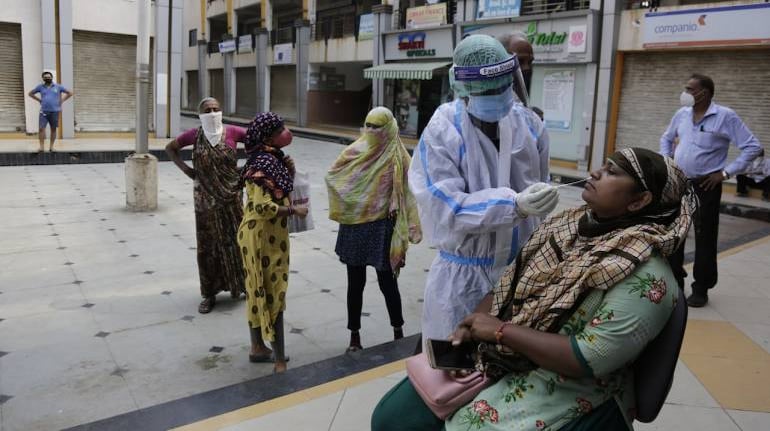



According to the Indian Council of Medical Research (ICMR)’s second national sero-survey report, 6.6 percent individuals aged above 10 years, had been exposed to the novel coronavirus by August 2020.
As per the sero-survey report: “Of the 29,082 people that were surveyed from August 17 to September 22, 6.6 percent showed evidence of past exposure to SARS-COV-2."
For live updates on coronavirus, click here
The seroprevalence among individuals aged above 18 years was found to be 7.1 percent; as against this, seroprevalence was found in only 0.73 percent adults in the first sero-survey that was conducted in May.
ICMR's sero-survey suggests India may have had 64 lakh COVID-19 infections by May itself
Notably, the second sero-survey was conducted in the same 700 villages and wards across 21 states. However, unlike last time, individuals aged above 10 years were surveyed, acknowledging their risk of contracting the deadly disease as well. The other finding of the second sero-survey was that SARS-CoV-2 infection prevalence was higher in urban slum (15.6 percent) and non-slum (8.2 percent) areas as compared to rural areas at 4.4 percent. Meanwhile, Union Health Minister Harsh Vardhan has said that ICMR’s survey confirms that India is far from achieving herd immunity against the novel coronavirus. Therefore, the need to adhere strictly to COVID-19 protocols remains of utmost importance. Dr Balram Bhargava, Director-General, ICMR, has said: “In light of the upcoming festivities, winter season and mass gathering, inventive containment strategies need to be implemented by the states…. Since a large proportion of the population is still susceptible, prevention fatigue is to be avoided and 5T strategy (Test, Track, Trace, Treat Technology) to be adhered.” What is a sero-survey and will it help in the fight against COVID-19? One must note here that antibody tests are not diagnostic tests. These are essentially surveys that help understand the prevalence of an infection in the larger population so that authorities can craft strategies accordingly to fight the disease spread.
Discover the latest Business News, Sensex, and Nifty updates. Obtain Personal Finance insights, tax queries, and expert opinions on Moneycontrol or download the Moneycontrol App to stay updated!